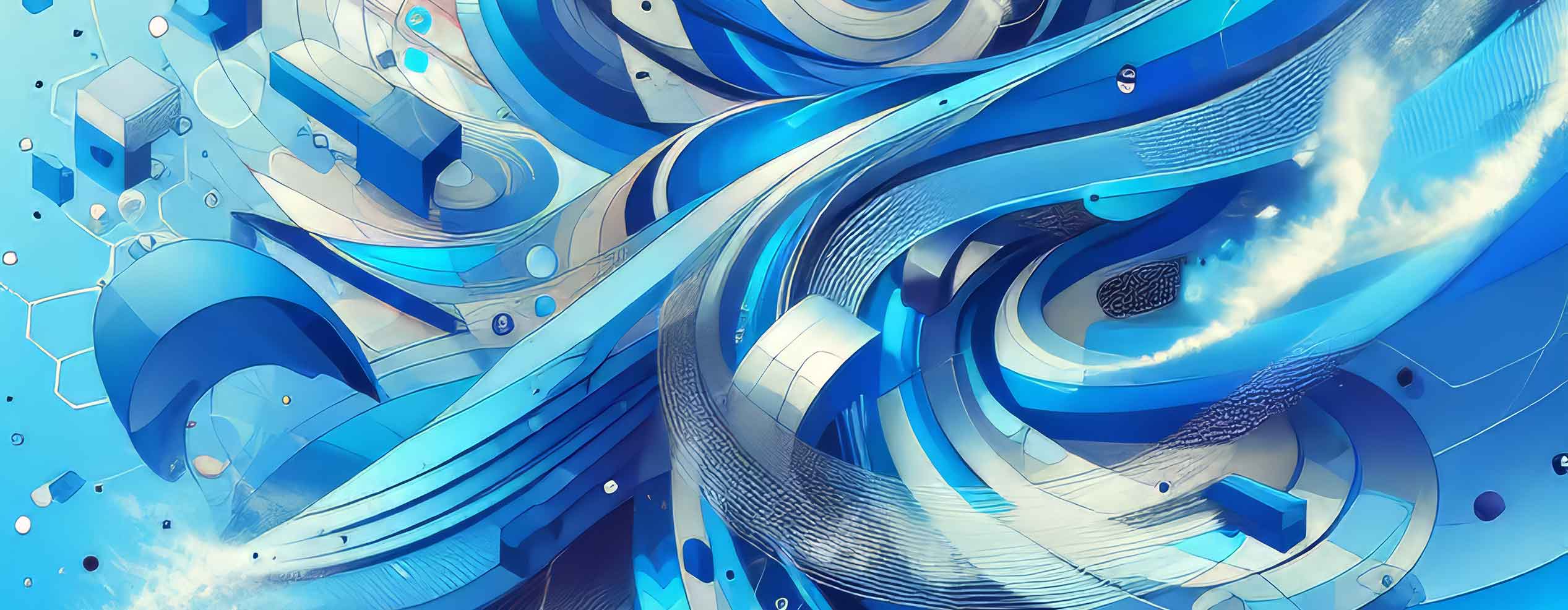Graphic Designer vs. Graphic Artist
Graphic Designer vs. Graphic Artist
Linda Sturling is a graphic designer and graphic artist.
The terms “graphic artist” and “graphic designer” are often used interchangeably, but there are subtle distinctions in their roles and focuses. While both involve creating visual content, the emphasis and scope of their work can differ.
A person can be a graphic artist or a graphic designer or both. A lot depends on a person’s distinct background and interests. Some people may find enjoyment in one more than the other and some find in enjoyment in doing both, such as Linda Sturling.
Graphic design definitely has more of a commercial aspect to it, in that, all businesses need some sort of graphic design. Whereas, graphic art can be created for personal use or commercial use in various ways. Though, this is not a concept that is black and white; there is a lot of grey area as graphic design can contain some graphic art. Or someone may hire a graphic designer but want a more illustrative graphic art approach for their business, organizaiton or product.
Graphic Designer:
- Purpose-Driven: Graphic designers primarily focus on solving a problem or achieving a specific goal. They create visual elements with a clear purpose, often in response to a client’s brief or a project’s requirements.
- Communication and Branding: Graphic designers are adept at translating concepts into visual elements that effectively communicate messages. They work on projects such as branding, logo design, website layouts, and marketing materials with the goal of conveying a specific brand identity or message.
- User Experience (UX): In digital design, graphic designers often play a crucial role in user experience. They consider how users interact with the visual elements of a website or application, ensuring a seamless and intuitive experience.
- Software Proficiency: Graphic designers are skilled in using design software such as Adobe Creative Suite (e.g., Photoshop, Illustrator, InDesign) and other tools tailored to their specific needs.
- Collaboration: They often collaborate closely with clients, marketing teams, and other stakeholders to understand the project’s objectives and incorporate feedback into their designs.
Graphic Artist:
- Expressive and Artistic Focus: Graphic artists are more inclined towards expressing creativity and personal style. Their work may not always be driven by a specific functional goal; instead, it might be more about self-expression or conveying a particular aesthetic.
- Fine Arts Background: Graphic artists often have a foundation in fine arts, illustration, or other artistic disciplines. They may have a more extensive background in traditional art techniques, such as drawing or painting.
- Artistic Exploration: Graphic artists might engage in more experimental or abstract work, pushing the boundaries of traditional design. Their focus may extend to creating visually appealing and unique pieces without being bound by the constraints of a specific project or client brief.
- Independence: While graphic artists can collaborate with others, their work might be more self-directed, allowing them to explore personal themes or artistic expression.
- Mediums of Expression: Graphic artists may work in various mediums beyond digital design, including traditional illustration, printmaking, or even multimedia art installations.
In summary, the key distinction lies in the purpose and focus of their work. Graphic designers are often goal-oriented, creating visual elements to meet specific objectives, while graphic artists may prioritize artistic expression and creativity, often with a background in fine arts. However, the evolving nature of the design industry means that these roles can overlap, and individuals may adopt hybrid roles that blend aspects of both graphic design and graphic art.
Get updates.
We will process the personal data you have supplied in accordance with our privacy policy.






